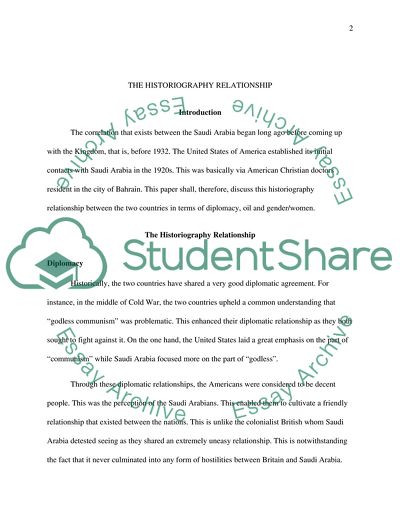Cite this document
(“Historiography of America's relationship to Saudi Arabia Essay”, n.d.)
Historiography of America's relationship to Saudi Arabia Essay. Retrieved from https://studentshare.org/history/1702502-historiography-of-americas-relationship-to-saudi-arabia
Historiography of America's relationship to Saudi Arabia Essay. Retrieved from https://studentshare.org/history/1702502-historiography-of-americas-relationship-to-saudi-arabia
(Historiography of America'S Relationship to Saudi Arabia Essay)
Historiography of America'S Relationship to Saudi Arabia Essay. https://studentshare.org/history/1702502-historiography-of-americas-relationship-to-saudi-arabia.
Historiography of America'S Relationship to Saudi Arabia Essay. https://studentshare.org/history/1702502-historiography-of-americas-relationship-to-saudi-arabia.
“Historiography of America'S Relationship to Saudi Arabia Essay”, n.d. https://studentshare.org/history/1702502-historiography-of-americas-relationship-to-saudi-arabia.


